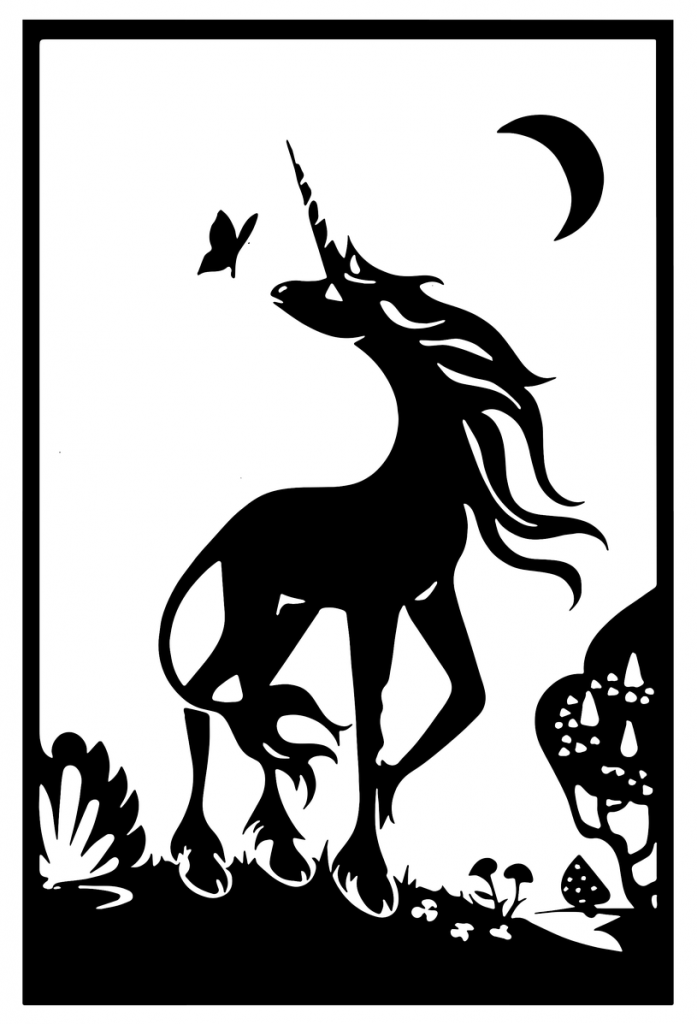
Today, I want to lay out a few preliminary thoughts on Community-Centric Fundraising. I was hoping to work on this further and present a tighter set of principles later, but because so many are curious, I thought I’d set down a few tentative points, based on the conversations and input I’ve had so far. Special thanks to AFP Calgary and Area and Banff Compass 2017, Amy Varga of Varga Consulting, Emily Anthony and Julie Edsforth of Clover Search Works, Erica Mills of Claxon Marketing, my friends in the Seattle chapter of EDHH, my staff, and other amazing colleagues, especially fundraisers of color, who provided thoughts, including disagreement. (It should be noted that the colleagues listed here helped me to think, but it does not necessarily mean they agree with everything presented here).
Again, these principles and sample actions below are tentative, and will change and evolve as we have more conversations, including likely some more healthy arguments:Continue reading →





